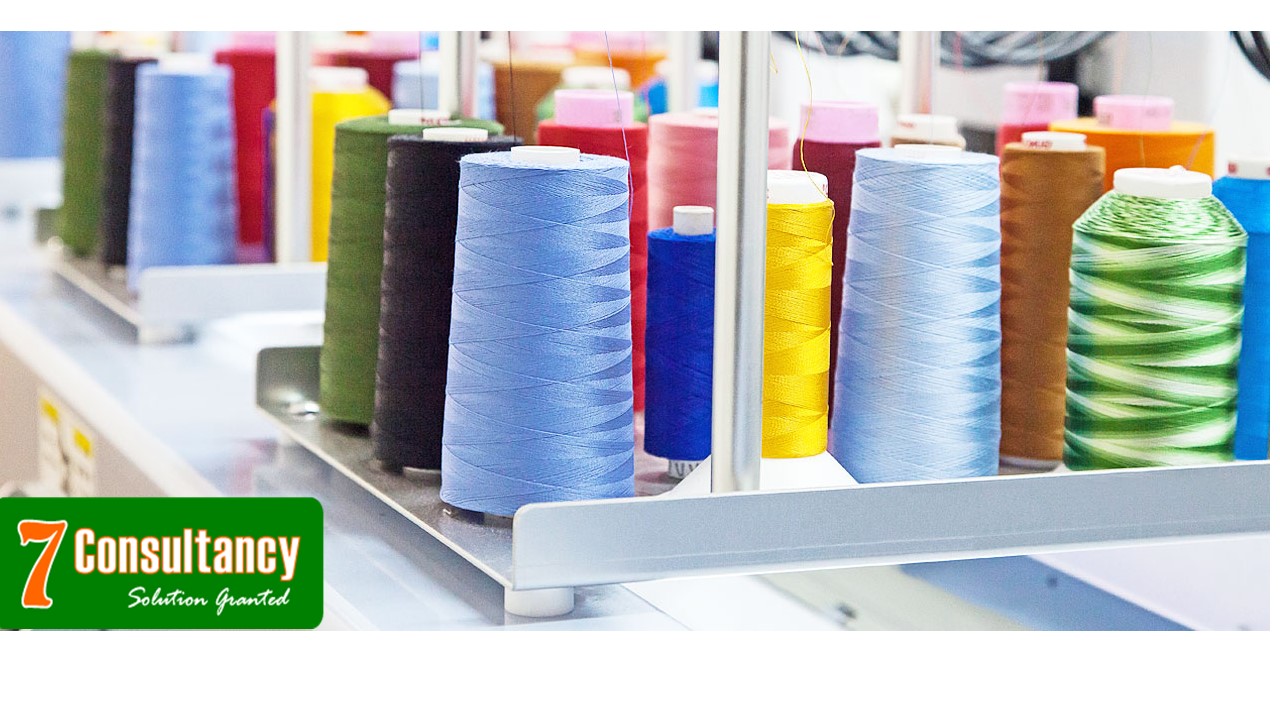Recruitment Process and Emphasis of Textile Industry
Posted on: September 17 2018, By : Shriniket Shetty

Effective recruitment and selection (Textile Recruitment Agencies in Mumbai) practices contribute to any company’s success and profit creating potential by enabling it to attract, hire and retain best employees for each job. Textile plays a major role in the Indian Economy. The contribution that this industry makes is quite a lot in terms of industrial production and to the country’s overall GDP. The textile industry is evidently one of the largest source of employment generation in the country. The textile industry is primarily concerned with the design, production and distribution of yarn, cloth and clothing. The major growth that took place within the industry was during and after the industrial revolution which lead to the mainstream production of cotton and wool in the industry.
India’s textiles sector is Textile Recruitment Agencies in India one of the oldest industries in Indian economy dating back several centuries.Today the textile sector is one of the largest contributors within the country for exports. The textiles industry is also labour intensive and is one of the largest employers. The textile industry has two broad segments. First, the unorganised sector consists of handloom, handicrafts and sericulture, which are operated on a small scale and through traditional tools and methods. The second is the organised sector consisting of spinning, apparel and garments segment which apply modern machinery and techniques such as economies of scale.
A lot of this was possible because of the major changes that came to the textile industry during the 20th century, with continuing technological innovations in machinery, synthetic fibre, and globalization of the business. The business model that had dominated the industry for centuries was to change radically. The textile industry in India traditionally, after agriculture, is the only industry that has generated huge employment for both skilled and unskilled labour in textiles. The textile industry continues to be the second-largest employment generating sector in India. It offers .
The Indian textiles industry is Textile Placement Agencies in Mumbai extremely varied, with the hand-spun and hand-woven textiles sectors at one end of the spectrum, while the capital intensive sophisticated mills sector at the other end of the spectrum. There were major elements that lead to the industry’s exponential growth few of which were the decentralised power looms/ hosiery and knitting sector which formed the largest component of the textiles sector. The close linkage of the textile industry to agriculture (for raw materials such as cotton) and the ancient culture and traditions of the country in terms of textiles make the Indian textiles sector unique in comparison to the industries of other countries. The Indian textile industry has been known to have the capacity to produce a wide variety of products which are suitable to different market segments, both within India and across the world.
An effective recruitment strategy for getting individuals to be efficient makes the organization to retain the employees in the sector willingly. Recruiting new employees is one of the biggest challenges facing small businesses, and a key component of organizational success. Recruitment process is tedious and involves various steps to attract the candidates and to select the right candidates at the right time to be able to work with specific skill set.
India’s textiles sector is Textile Recruitment Agencies in India one of the oldest industries in Indian economy dating back several centuries.Today the textile sector is one of the largest contributors within the country for exports. The textiles industry is also labour intensive and is one of the largest employers. The textile industry has two broad segments. First, the unorganised sector consists of handloom, handicrafts and sericulture, which are operated on a small scale and through traditional tools and methods. The second is the organised sector consisting of spinning, apparel and garments segment which apply modern machinery and techniques such as economies of scale.
A lot of this was possible because of the major changes that came to the textile industry during the 20th century, with continuing technological innovations in machinery, synthetic fibre, and globalization of the business. The business model that had dominated the industry for centuries was to change radically. The textile industry in India traditionally, after agriculture, is the only industry that has generated huge employment for both skilled and unskilled labour in textiles. The textile industry continues to be the second-largest employment generating sector in India. It offers .
The Indian textiles industry is Textile Placement Agencies in Mumbai extremely varied, with the hand-spun and hand-woven textiles sectors at one end of the spectrum, while the capital intensive sophisticated mills sector at the other end of the spectrum. There were major elements that lead to the industry’s exponential growth few of which were the decentralised power looms/ hosiery and knitting sector which formed the largest component of the textiles sector. The close linkage of the textile industry to agriculture (for raw materials such as cotton) and the ancient culture and traditions of the country in terms of textiles make the Indian textiles sector unique in comparison to the industries of other countries. The Indian textile industry has been known to have the capacity to produce a wide variety of products which are suitable to different market segments, both within India and across the world.
An effective recruitment strategy for getting individuals to be efficient makes the organization to retain the employees in the sector willingly. Recruiting new employees is one of the biggest challenges facing small businesses, and a key component of organizational success. Recruitment process is tedious and involves various steps to attract the candidates and to select the right candidates at the right time to be able to work with specific skill set.
Share this:


